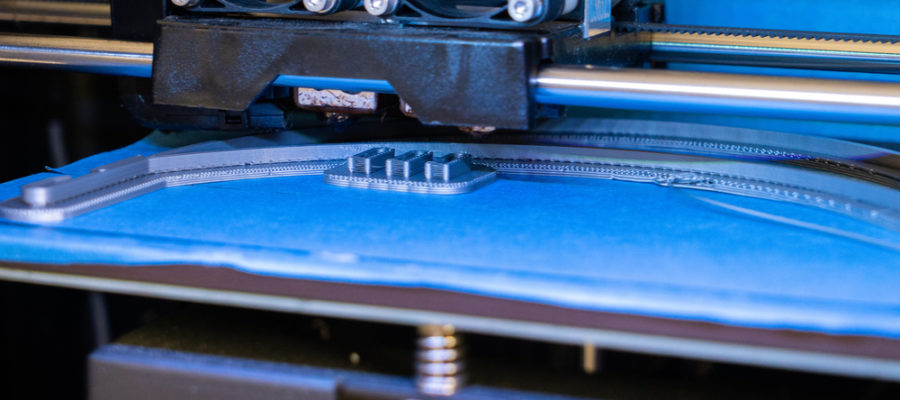3D printing technology, or additive manufacturing has been around since the 1980s, and relatively easy to access in the last decade. Today, affordable 3D printers are available on Amazon capable of printing almost anything that will fit inside the printer. But the promise of the technology, and how 3D printing will change the world, still hasn’t materialized for most people outside the additive manufacturing industry. A clue to how such a transformation will take place can be seen in the application of 3D printing technology during the COVID-19 pandemic.
Early on, when the demand for personal protective equipment (PPE) outstripped supply and production capacities, organizations as diverse as Proto3000, Bentley Motors and New York’s Columbia University devoted all or part of their 3D printing capacity to help fill the gap; an effort that may have helped save countless lives.
That ability to quickly shift manufacturing gears, to build products entirely unrelated to the previous production capacity, is one way that 3D printing will change the world.
How Additive Manufacturing will Transform the World
The fact that the PPE is a medical application is yet another clue to the life-on-earth changing transformations that we can expect from 3D printing. By far the most helpful and profound changes will be in the medical world. But it’s not the only area of our lives that will change.
- Medical – One of the earlier applications of 3D technology in the medical world is in prosthetics. Rapid prototyping, made possible by 3D models, means customized prosthetics are being created, in places where they are needed most, like war-torn regions, for far less per unit costs to previous manufacturing methods.
Other medical applications? With human cells and tissue being used as the “ink” in a 3D printer, get ready for 3D printed organs, skin grafts and other body parts. - Housing – While skyrocketing housing costs have a lot to do with location, construction costs for an entire house can be slashed by building the home from recycled materials with 3D-printed parts.
- Crime – Additive manufacturing has the power to drastically reduce the cost of manufacturing, accelerate the time to market, and make itself available almost anywhere. That makes it ideal for criminal activity. 3D printed firearms have been used in crime at least since 2015.
In the future, shortly after the launch of the latest in-demand smartphone, illegal 3D-printed versions may be available for a fraction of the cost.
Want to learn more about how 3D printing will change the world? Here’s how it helped ease the shortage of PPE, check out our post “3D Printing Helps Fill the PPE Gap for Frontline Healthcare”.
